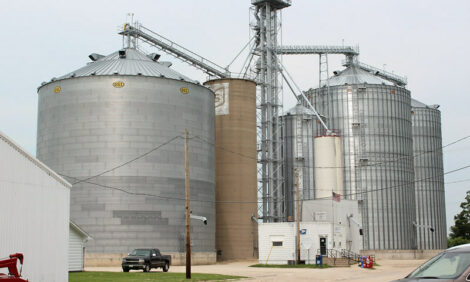



Report Sees Impending US Food Safety Crises
US - A news report developed by the Trust for America's Health has lambasted the US food safety system, claiming to have uncovered major gaps in state regulations that leave Americans unncessarily vulnerable.It goes on to identify obsolete laws, misallocation of resources, and inconsistencies among major food safety agencies. Outdated practices of inspecting every poultry, beef and pork carcass, were also picked out, even though changing threats and modern agriculture practices and technology make this an unproductive use of government resources;
"Our goal should be reducing the number of Americans who get sick from foodborne illness. But we can't adequately protect people from contaminated foods if we continue to use 100 year-old practices," said Jeff Levi, PhD, Executive Director of TFAH. "We need to bring food safety into the 21st century. We have the technology. We're way past due for a smart and strategic upgrade."
Some problems outlined in the report, Fixing Food Safety: Protecting America's Food from Farm-to-Fork, include:
- The U.S. food safety system has not been fundamentally modernized in over 100 years;
- Inadequate resources are spent on fighting modern bacteria threats, such as trying to reduce Salmonella or dangerous strains of E. coli;
- An estimated 85 percent of known foodborne illness outbreaks are associated with foods regulated by the U.S. Food and Drug Administration (FDA), but the agency receives less than half of the federal funding for food safety;
- In the past 3 years, the main food safety function at FDA has lost 20 percent of its science staff and 600 inspectors;
- Gaps in current inspection practices mean acts of agroterrorism -- such as contamination of wheat gluten or botulism -- could go undetected until they are widespread;
- While 15 federal agencies are involved in food safety, the efforts are fragmented and no one agency has ultimate authority or responsibility for food safety;
- For instance, the FDA regulates frozen pizza, but if the pizza is topped with 2 percent or more of cooked meat or poultry, then the Food Safety and Inspection Service (FSIS) at the U.S. Department of Agriculture becomes the regulatory agency;
- Only one percent of imported foods are inspected. Approximately 60 percent of fresh fruits and vegetables and 75 percent of seafood consumed in the U.S. is imported; and
- States and localities are not required to meet uniform national standards for food safety.
Approximately 76 million Americans -- one in 4 -- are sickened by foodborne diseases each year. Of these, an estimated 325,000 are hospitalized and 5,000 die. Medical costs and lost productivity due to foodborne illnesses in the U.S. are estimated to cost $44 billion annually. A 2007 public opinion poll conducted by TFAH found that 67 percent of Americans are worried about food safety, and that public concerns about food safety rank higher than Americans' concerns about a biological or chemical attack and natural disasters like Hurricane Katrina.
The TFAH report follows a series of studies by experts raising concerns about America's food safety, including a 2007 review by the U.S. Food and Drug Administration's Science Board that concluded that the U.S. food supply "grows riskier each year" and a Government Accountability Office report that found federal oversight of food safety to be one of the government's "high risk" programs.
Further Reading
| - | You can view the full report by clicking here. |
TheCattleSite News Desk


